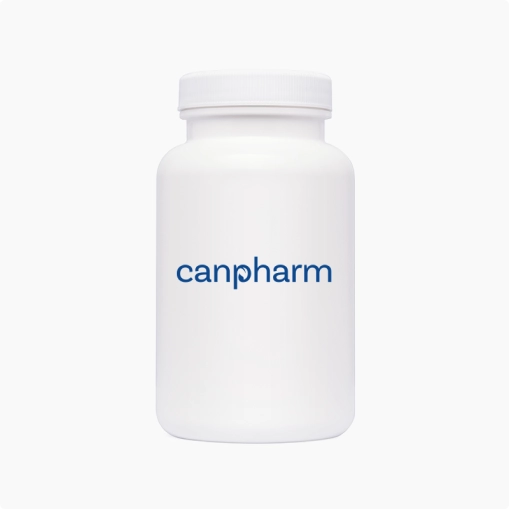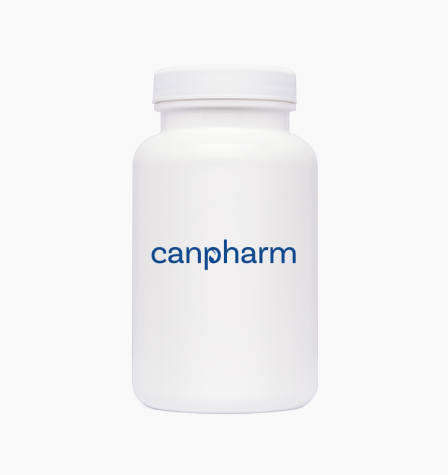
Ziextenzo (Pegfilgrastim)
Out of stock
We will notify you as soon as it becomes available.
-
Description
-
Related Products
-
Related Conditions
Fact Table
| Fact Table | |
|---|---|
| Formula | Not applicable (Biologic) |
| License | FDA approved |
| Bioavailability | Not applicable (biologic-based) |
| Legal status | Prescription Drug |
| Chemical Name | Pegfilgrastim |
| Elimination half-life | 15 to 80 hours |
| Dosage (Strength) | 6 mg pegfilgrastim in a single-dose prefilled syringe |
| Pregnancy | Not recommended unless absolutely necessary |
| Brands | Ziextenzo |
| Protein binding | Not applicable |
| PubChem CID | Not available |
| MedlinePlus | Pegfilgrastim injection |
| ChEBI | Not available |
| ATC code | L03AA13 |
| DrugBank | DB00019 (Pegfilgrastim) |
| KEGG | D05488 (Pegfilgrastim) |
| Routes of administration | Subcutaneous |
Ziextenzo, containing the active ingredient Pegfilgrastim, is a long-acting form of the granulocyte colony-stimulating factor (G-CSF) analog used to stimulate bone marrow to produce more neutrophils, a type of white blood cell important for fighting infections. Pegfilgrastim is a biologic medication engineered to decrease the incidence of infection in patients undergoing chemotherapy by increasing white blood cell counts. Ziextenzo is crucial for patients with cancer who are at increased risk of severe infections due to neutropenia (low levels of neutrophils).
Ziextenzo is biosimilar to Neulasta (pegfilgrastim) and works by binding to G-CSF receptors, which are involved in the regulation and production of neutrophils in the bone marrow. The medication is typically prescribed for adult patients undergoing cytotoxic chemotherapy for some types of cancer, with the aim of reducing the duration of neutropenia and the occurrence of febrile neutropenia, a serious complication of chemotherapy.
Before you buy Ziextenzo injection, it is crucial that you talk to your healthcare provider about potential side effects and Ziextenzo cost.
Directions
Ziextenzo is administered as a subcutaneous injection, which means it is injected under the skin. The usual Ziextenzo dose involves a single injection of 6 mg of pegfilgrastim administered once per chemotherapy cycle, at least 24 hours after the administration of cytotoxic chemotherapy.
Patients or caregivers may be trained to administer Ziextenzo injections at home. However, it is essential to follow the healthcare provider's instructions accurately
Ingredients
Ziextenzo is composed of the active ingredient Pegfilgrastim.
Cautions
Before using Ziextenzo, patients should discuss their complete health history with their healthcare provider, especially if they have sickle cell disorder, kidney problems, or allergies to latex or any other medication components. Ziextenzo should be used with caution in patients who have severely reduced kidney function or those who are hypersensitive to E. coli-derived proteins, as pegfilgrastim is produced through E. coli biotechnology.
Patients are advised to immediately report any signs of an allergic reaction, such as hives, swelling of the face, lips, tongue, or throat, or difficulty breathing. Additionally, immediate medical attention should be sought if symptoms like left upper abdominal pain or shoulder tip pain, as these may indicate potential splenic rupture, a rare but serious complication.
Interactions
Ziextenzo may interact with drugs that can potentiate the release of neutrophils or those that can negatively impact bone marrow function. It is crucial to inform the healthcare provider of all medications currently being taken, including over-the-counter drugs, vitamins, and herbal supplements, to avoid potential drug interactions.
Side Effects
Common side effects of Ziextenzo include:
- Bone pain
- Pain in extremities
- Headache
- Nausea
- Fatigue
- Redness or irritation at the injection site
Frequently Asked Questions about Ziextenzo (pegfilgrastim-bmez)
What is Ziextenzo?
Ziextenzo is a medication whose generic name is pegfilgrastim-bmez. It is a biosimilar to pegfilgrastim, meaning it is highly similar to an already FDA-approved biological product, Neulasta, with no clinically meaningful differences in terms of safety, purity, and potency.
What is Ziextenzo used for?
Ziextenzo is used to help prevent neutropenia, a condition characterized by a low count of neutrophils (a type of white blood cell) in patients undergoing chemotherapy. Neutropenia increases the risk of serious infections, and Ziextenzo helps in boosting the production of white blood cells to reduce this risk.
Is Ziextenzo the same as Neulasta?
Ziextenzo is not the same as Neulasta but is a biosimilar to Neulasta. Both medications contain pegfilgrastim, but they are produced by different manufacturers and may have slight differences in their inactive ingredients.
When should Ziextenzo be given?
Ziextenzo is typically administered once per chemotherapy cycle, usually 24 to 72 hours after chemotherapy treatment. The specific timing can depend on the chemotherapy regimen and the patient’s condition.
Is Ziextenzo long acting?
Yes, Ziextenzo is considered a long-acting form of granulocyte colony-stimulating factor (G-CSF). It has been designed to provide a prolonged duration of action compared to short-acting forms of filgrastim.
Is Ziextenzo a growth factor?
Yes, Ziextenzo is a growth factor. It specifically acts as a granulocyte colony-stimulating factor (G-CSF), which stimulates the bone marrow to produce more neutrophils.
When was Ziextenzo approved?
Ziextenzo was approved by the U.S. Food and Drug Administration (FDA) on November 4, 2019.
How often is Ziextenzo given?
Ziextenzo is given once per chemotherapy cycle. The exact frequency depends on the patient’s chemotherapy schedule and individual needs.
Where do you administer Ziextenzo?
Ziextenzo is administered via subcutaneous injection (under the skin). Common injection sites include the abdomen, thigh, or upper arm.
Is Ziextenzo a chemo drug?
No, Ziextenzo is not a chemotherapy drug. It is a supportive care medication used to reduce the risk of infection in patients undergoing chemotherapy by boosting white blood cell production.
